Cold war mentality over nuclear weapons returning, panelists say
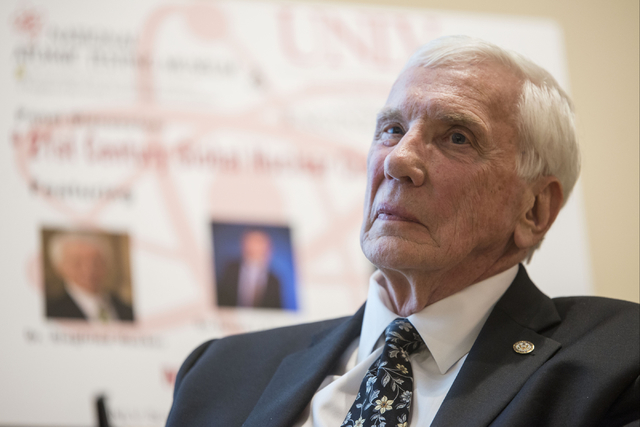
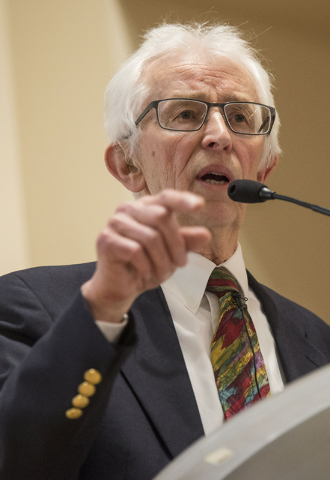
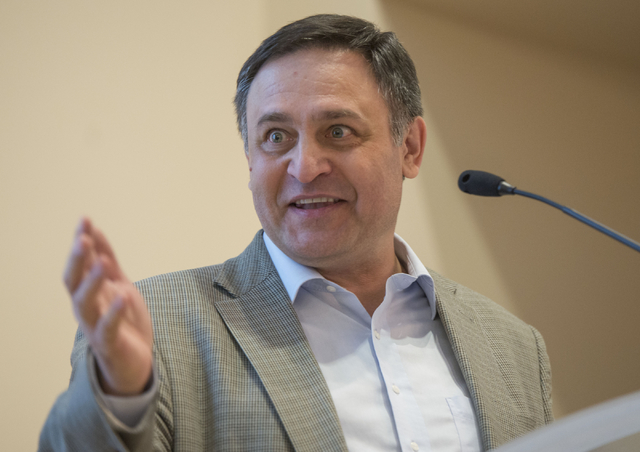
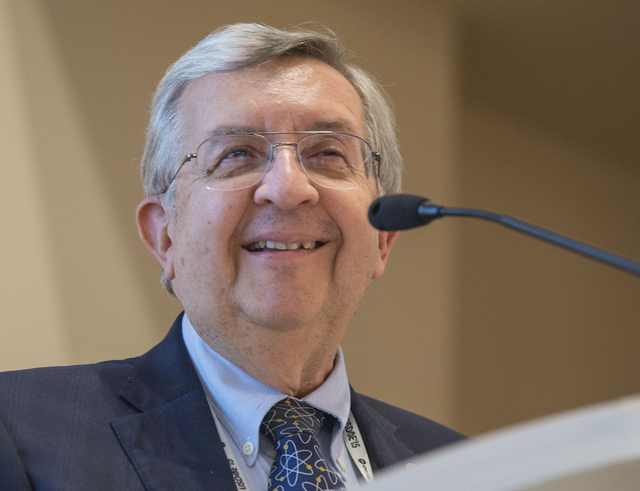

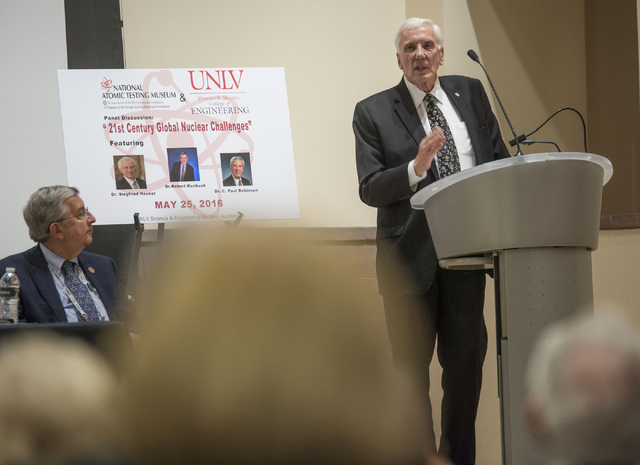
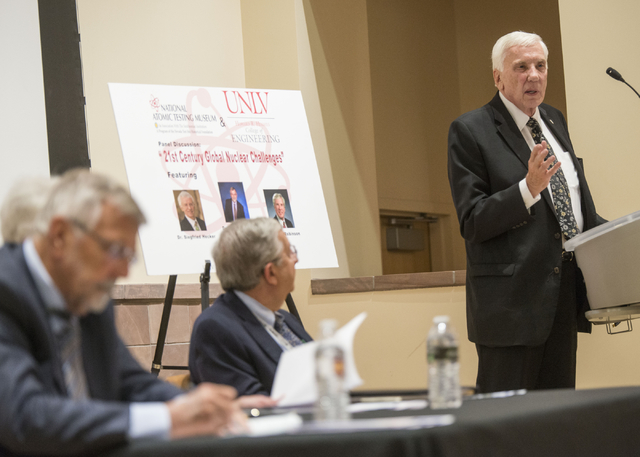
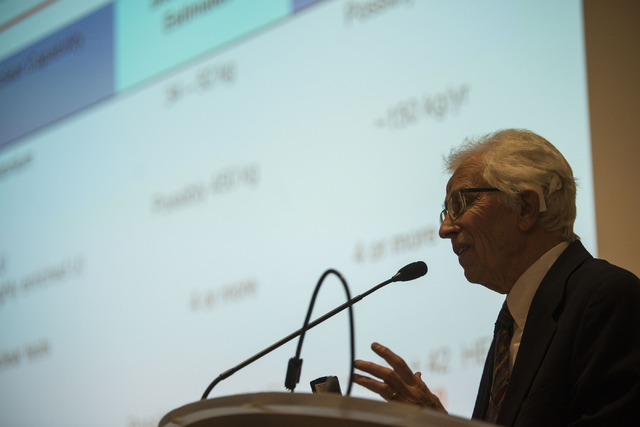
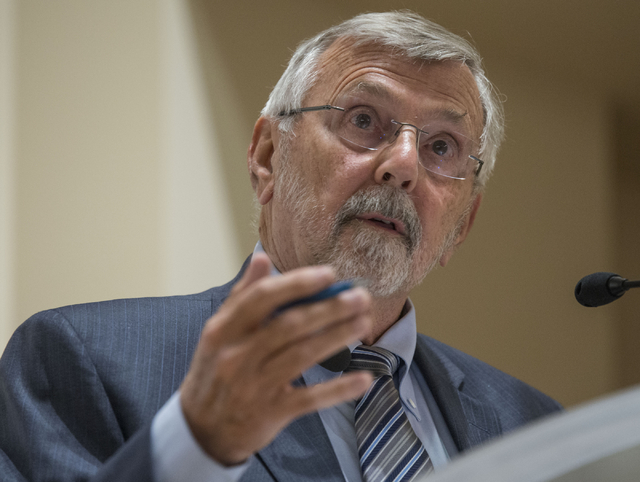

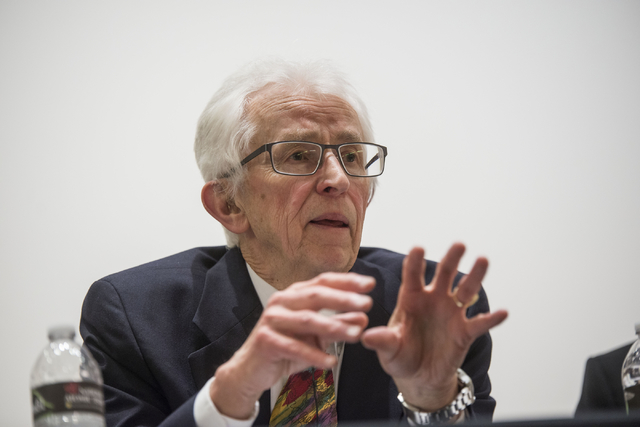
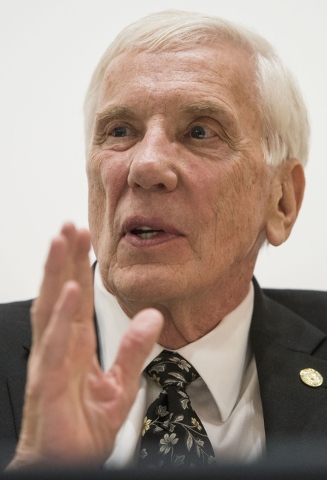
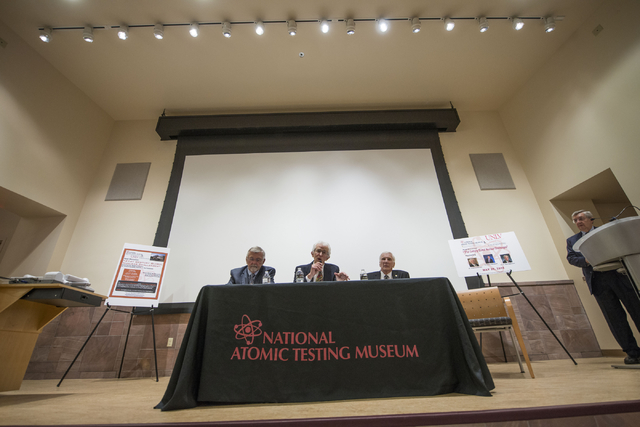
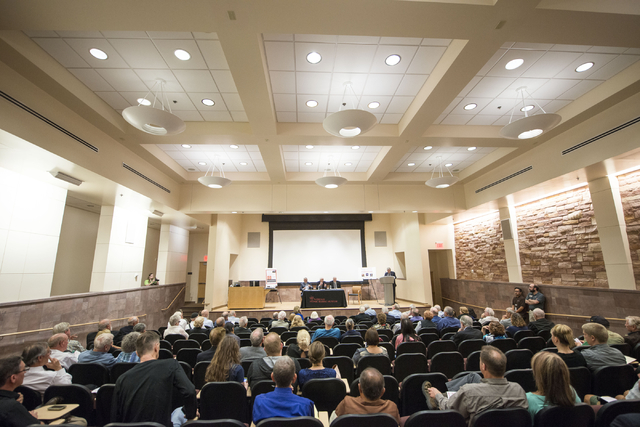

Twenty-five years after the unofficial end of the Cold War, experts say the mentality that pitted the United States against the Soviet Union is coming back.
U.S. weapons scientists and diplomats who are tasked with keeping nuclear materials out of the hands of terrorists and maintaining the nation’s shrinking arsenal of mushroom-cloud bombs say emerging threats have surfaced from a new wave of conventional and nuclear bomb technology.
They range from the vast availability of radioactive materials that could be dispersed through a “dirty bomb” to drone submarines packed with nuclear explosives and North Korea’s potential for producing a bomb that could wipe out a city.
That was the message Wednesday night from a panel of experts — former national weapons laboratories directors — each with more than four decades of experience and knowledge that has helped shape the nation’s nuclear security posture.
Siegfried Hecker, an expert on plutonium science, global threat reduction and nuclear security, said North Korea leader Kim Jong Un’s nuclear ambitions are cause for alarm.
“This is going to be near the top of the list of the next president,” said Hecker, who has traveled to North Korea seven times to assess its plutonium program.
After North Korea walked away from the nuclear nonproliferation treaty in 2003, evidence surfaced that the nation had been covertly building a capacity to enrich nuclear materials for bombs.
“They may have around 25 bombs by the end of this year. That changes the picture totally,” he said.
The country has conducted four nuclear tests including one in January that raised doubts among U.S. scientists that it was a hydrogen bomb test as claimed.
Former Ambassador C. Paul Robinson, chief negotiator for the Geneva nuclear testing talks during the Reagan administration, said a question “that’s been circling five or six years has been coming more and more to the front: Are we going back to the old Cold War behaviors?
“Yeah, it looks like we are,” he said.
The resurgence of Cold War mentality comes as the United States and the Russian federation descendants of the former Soviet Union have reduced the number of strategic nuclear weapons by 90 percent.
The total built on both sides had been 130,000 nuclear weapons. Under the newest Strategic Arms Reduction Treaty there is a limit of 1,550 warheads each on 800 launchers by the end of 2018.
“In a world of worry about nuclear war, that’s a remarkable development and gives us some history to be optimistic about the future,” Robinson said.
The “downside” is that the Russians refused to allow tactical nuclear weapons to be included in the counts, some of which he said have higher explosive-equivalent yields than some strategic bombs.
“We know the (Comprehensive Nuclear-Test Ban Treaty) as written right now is not verifiable. But the U.S. will abide by those limits. … I don’t see ever going back to full-scale nuclear testing and certainly not atmospheric testing,” he said.
Full-scale nuclear weapons tests were put on hold indefinitely in 1992 at the Nevada Test Site with U.S. scientists relying on science-based methods and experiments involving tiny amounts of plutonium to verify the safety and reliability of the nation’s nuclear weapons.
Robinson said his “best guess” for when the Cold War began is Aug. 29, 1949, when the Soviet Union detonated its first nuclear weapon at a test site in Kazakhstan.
Putting an end date is “a more difficult question,” he said, although sometime after the collapse of the Soviet Union in the early 1990s is a rough estimate.
“It’s harder to assess because there were no proclamations, no parades, no speeches and we don’t have a national holiday celebrating the end of the Cold War,” Robinson said.
Robinson and Hecker were joined on the panel by Robert Kuckuck, a former director and deputy director at the Los Alamos, New Mexico, and Livermore, California, national labs.
“We’ve seen a whole different flavor of mixing conventional hostilities with nuclear,” Kuckuck said. “We’ve always had a very clear psychological barrier between conventional warfare and conflict and nuclear conflict and we’re seeing a blurring effect now.”
The panel discussion at the UNLV Science and Engineering auditorium was hosted by the National Atomic Testing Museum.
Contact Keith Rogers at krogers@reviewjournal.com or 702-383-0308. Find him on Twitter: @KeithRogers2












